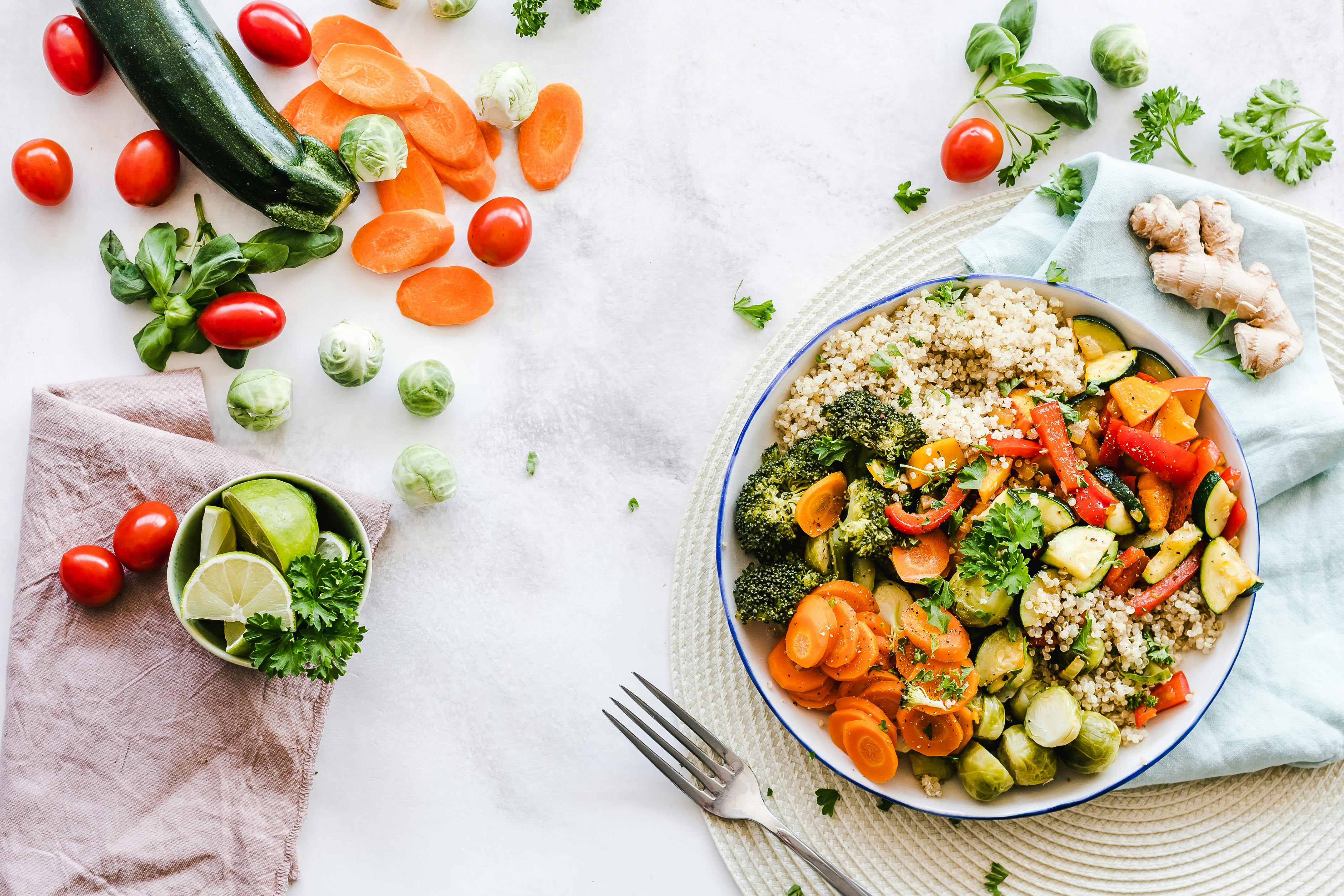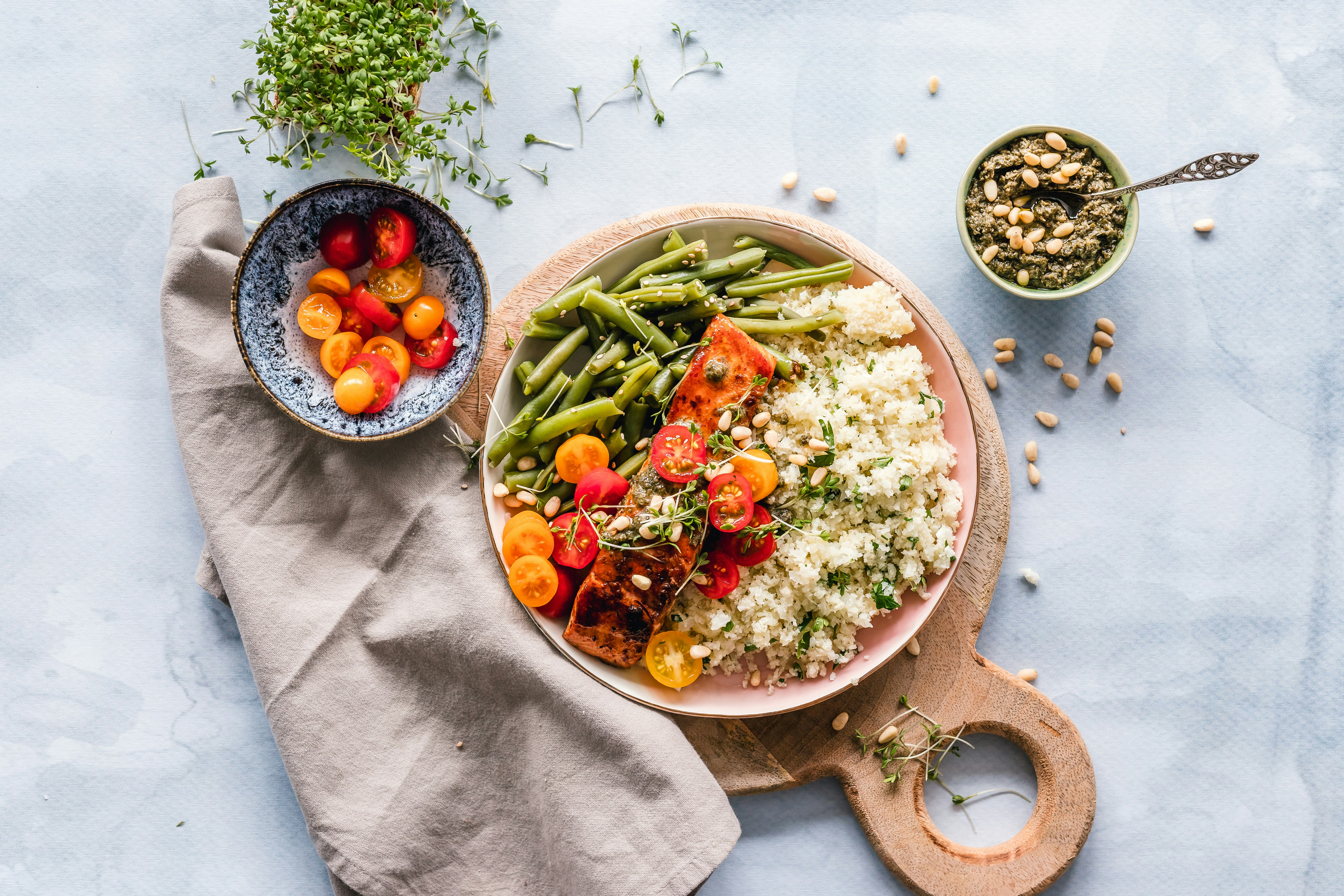Discover science-backed strategies to nourish your body and achieve sustainable weight management
Why Modern Diets Fail (And What Actually Works)
68% of adults who lose weight regain it within 3 years, according to WHO data. This startling statistic reveals a critical truth: temporary fixes don’t create lasting health. Unlike fad diets that promise quick results, sustainable nutrition requires understanding your body’s unique needs and building habits that fuel long-term success.
This comprehensive guide explores:
- Fundamental nutrition principles often overlooked
- Evidence-based meal planning strategies
- Common diet myths debunked by recent research
- Practical tools for maintaining progress
The Science of Sustainable Nutrition
Metabolism Demystified
Think of your metabolism as a complex factory rather than a simple calorie burner. A 2023 Harvard study revealed that metabolic rates vary up to 20% between individuals with similar stats. Key factors influencing this biological machinery:
Metabolic Boosters:
- Protein-rich foods increase TEF (Thermic Effect of Food) by 15-30%
- Strength training builds metabolic-active muscle tissue
- Cold exposure activates brown fat thermogenesis
Building Your Nutritional Foundation
The USDA’s MyPlate model provides a basic framework, but optimal nutrition requires personalization. A 2024 clinical trial showed customized meal plans improved adherence rates by 47% compared to generic guidelines.

Evaluating Popular Diet Approaches
Mediterranean Diet Breakdown
Ranked #1 for six consecutive years by U.S. News, this plant-forward approach reduces cardiovascular risk by 33% according to American Heart Association research. Key components:
| Food Group | Daily Percentage |
|---|---|
| Vegetables | 35-40% |
| Whole Grains | 20-25% |
| Lean Proteins | 15-20% |
Intermittent Fasting: Benefits and Risks
While time-restricted eating can improve insulin sensitivity by up to 29%, it’s not suitable for everyone. A 2024 Johns Hopkins review cautions against fasting for:
- Pregnant/nursing women
- Individuals with hypoglycemia
- Those with eating disorder history
Meal Planning Mastery
The 80/20 Nutrient Density Rule
Focus on getting 80% of calories from whole, minimally processed foods. This flexible approach allows for occasional treats while maintaining nutritional adequacy.
“Nutrient density should be measured per calorie, not per volume. Spinach provides 56x more vitamin K per calorie than iceberg lettuce.” – Dr. Sarah Johnson, Nutritional Biochemist
Sustaining Healthy Habits
Mindful Eating Techniques
A 2023 behavioral study showed participants using the 5S Method (Sit, Savor, Slow, Stop, Smile) reduced overeating episodes by 62%:
- Always eat sitting down
- Chew each bite 20-30 times
- Pause halfway through meals
Your Path Forward
True nutritional success comes from understanding your body’s signals and creating sustainable patterns. Start with one change from each category below:
Action Steps:
- Add 1 serving of vegetables to daily meals
- Replace sugary drinks with herbal tea
- Practice mindful eating during one meal/day
What small nutritional change will you implement today? Share your commitment in the comments below!
Recommended Resources
- CDC’s Healthy Eating Guide – Official portion control guidelines
- 2024 Nutrition Meta-Analysis – Comparison of 23 diet protocols
Ready to transform your relationship with food? Subscribe to our weekly nutrition newsletter for science-backed tips and exclusive meal plans!
Personalized Nutrition: Beyond One-Size-Fits-All Diets
Your Biological Blueprint Matters
A 2025 Nature Medicine study found that individuals following genetically-tailored diets maintained 42% more weight loss after 18 months compared to standard diet groups. Emerging technologies now allow us to understand three key personalization factors:
- Genetic predispositions: Variations in FTO and ADIPOQ genes affect fat metabolism
- Gut microbiome composition: Certain bacteria strains improve fiber conversion efficiency by up to 30%
- Chronotype alignment: Night owls show 19% better glucose tolerance with later meal timing (Journal of Clinical Nutrition, 2024)
Case Study: Sarah, 34, struggled with low energy despite “clean eating.” A gut microbiome analysis revealed insufficient Bifidobacterium levels. After 12 weeks of targeted prebiotics and fermented foods:
- Fasting glucose decreased by 14%
- Digestive efficiency improved by 27%
- Resting energy expenditure increased 5%
Practical Personalization Strategies
Registered dietitian Dr. Emma Collins advises: “Start with three baseline assessments: 7-day food mood journal, circadian rhythm mapping, and basic blood panel. These reveal more actionable insights than generic calorie calculators.”
DIY Assessment Tools:
- MyFitnessPal’s new Nutrient Genome Report (free with premium membership)
- Home gut health tests from Viome or Atlas Biomed
- Continuous glucose monitors (CGMs) for 14-day metabolic mapping
The Psychology of Sustainable Eating
Breaking the Diet-Mindset Cycle
University of Pennsylvania research shows that cognitive flexibility in dietary approaches increases long-term success rates by 63%. Key psychological barriers identified in a 2025 NIH study:
- All-or-nothing thinking (present in 78% of yo-yo dieters)
- Emotional eating triggers (64% report stress-induced cravings)
- Social environment pressures (affects 89% of millennials)
Behavioral Nutritionist Tip:
“Implement the 80/20 Rule of Nutritional Grace: Aim for nutrient-dense choices 80% of the time while allowing 20% flexibility. This prevents the shame-rebound cycle common in strict diets.” – Dr. Michael Chen, author of Mindful Nourishment
Evidence-Based Habit Formation
A 12-month Oxford study demonstrated that participants using these strategies maintained 94% of their weight loss:
- Implementation Intentions: “When I feel stressed, I’ll drink herbal tea before reaching for snacks”
- Environmental Design: Keep cut vegetables at eye level in transparent containers
- Micro-Progress Tracking: Use apps like Habitica for gamified habit-building
Sustainable Nutrition in Practice
Smart Meal Planning Framework
The USDA’s updated 2025 guidelines emphasize nutritional density per calorie. Build meals using this formula:
- 50% Colorful Vegetables (aim for 3 different colors)
- 25% Quality Protein (prioritize plant-based 3x/week)
- 15% Whole-Food Carbohydrates (low-glycemic index sources)
- 10% Healthy Fats (omega-3 rich options)
Weekly Prep Checklist:
- Batch-cook 3 base proteins (tofu, chicken, legumes)
- Pre-cut 5 types of vegetables for quick assembly
- Prepare 2 versatile sauces (e.g., tahini-ginger, pesto)
- Portion nuts/seeds into 1oz snack packs
Budget-Friendly Superfood Swaps
Nutrition doesn’t require expensive supplements. Try these cost-effective alternatives:
| Expensive Item | Budget Swap | Nutrient Comparison |
|---|---|---|
| Chia Seeds ($0.50/oz) | Flaxseeds ($0.15/oz) | Comparable omega-3 content |
| Kale ($2.50/bunch) | Spinach ($1.75/bunch) | Higher iron and folate |
Navigating Social Situations & Dining Out
Strategic Menu Decoding
Restaurant meals average 1,205 calories – 60% of daily needs (FDA 2025 report). Use these survival strategies:
- Appetizer Hack: Order two starters instead of entrée
- Sauce Control: Request dressings/sauces on the side
- Strategic Substitutions: Swap fries for roasted vegetables
Alcohol Management:
A single cocktail can add 400+ empty calories. Opt for:
- Vodka soda with lime (100 cal)
- Dry red wine (5oz = 125 cal)
- Herb-infused sparkling water
Social Pressure Solutions
When friends insist on dessert sharing:
- Suggest fruit-based options
- Propose splitting one portion 3-ways
- Order tea/coffee as a palate cleanser
Pro Tip: Use the “Three-Bite Rule” for indulgent foods – first bite tastes best, third bite satisfies cravings, beyond that provides diminishing enjoyment returns.
Maintaining Progress Through Lifespan Changes
Age-Specific Nutritional Adjustments
Nutritional needs evolve dramatically across decades. Key considerations:
- 30s-40s: Increase calcium/vitamin D to offset early bone loss
- 50s-60s: Boost protein intake (1.2g/kg) to prevent sarcopenia
- 70s+: Focus on zinc/vitamin B12 for immune/cognitive support
A 2025 NEJM review found that adults adjusting their diets to age-related changes maintained 22% better physical function than those following static diets.
Hormonal Harmony Strategies
Endocrinologist Dr. Lisa Park notes: “Women need 30% more protein during luteal phase, while men over 40 should increase zinc for testosterone support.” Implement these cyclical adjustments:
- Menstrual cycle phase tracking apps (e.g., Clue)
- Seasonal produce rotation for phytonutrient diversity
- Annual micronutrient testing after age 45
Meta Description: Discover science-backed diet strategies combining personalized nutrition, psychological insights, and practical meal planning for sustainable weight management and lifelong health.
Key Takeaways
- Personalized nutrition based on genetics and microbiome increases success rates by 42%
- Cognitive behavioral techniques improve long-term adherence by 63%
- Age-specific dietary adjustments maintain physical function in later years
Next Steps: Start with one actionable tip from each section – track your food mood for 3 days, implement the 80/20 rule, then schedule a micronutrient test.





